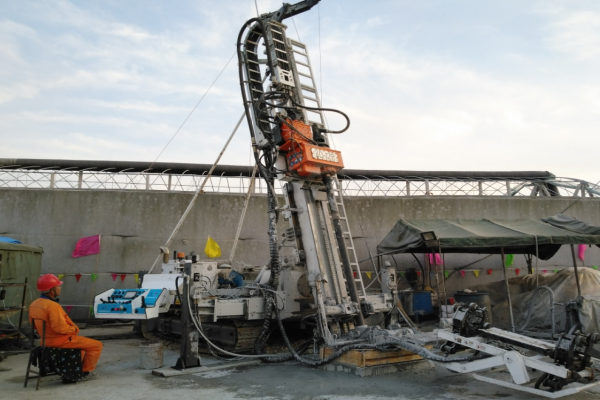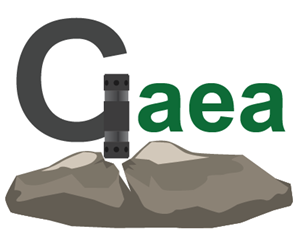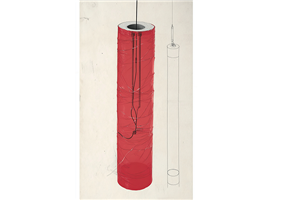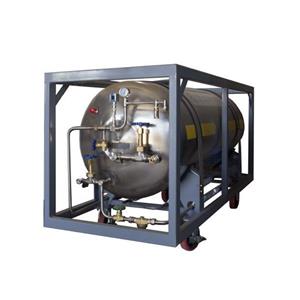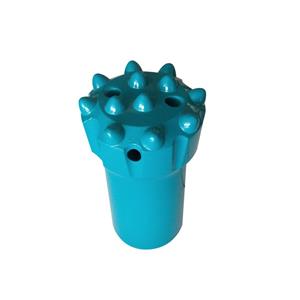Basic concepts of rock drilling
New technology: O2 rock demolition system
Link:
Drilling: Use a drilling rig to drill holes into the ground at a certain designed angle and direction. By taking out the cores and cuttings in the holes or inserting test instruments into the holes, you can ascertain underground mineral reserves, understand the strati graphic structure, rock properties and To meet the construction requirements of other projects, etc., this kind of project is called drilling.
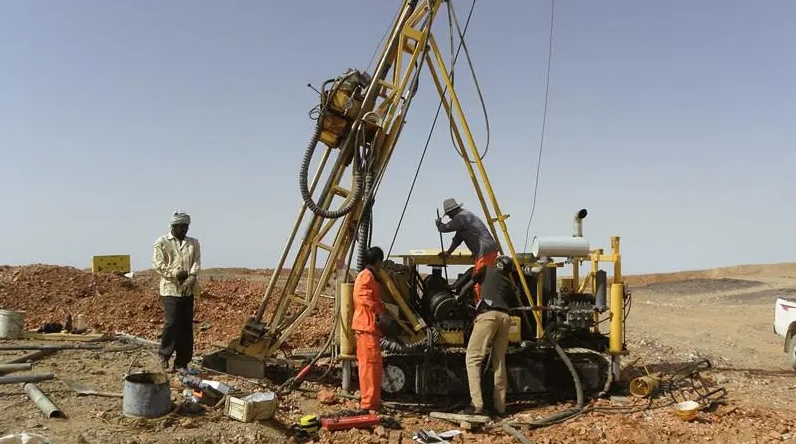
2. Core drilling: During drilling, the core is retained at the bottom of the hole, and the core is mainly used to study and understand the underground geology and mineral conditions.
3. Drilling: Use the drill bit to work at the bottom of the hole, break the rock and continue to deepen the drilling operation. It includes two aspects: crushing the rock at the bottom of the hole and extending the borehole as required.
4. Drilling method: A general term for the methods and technical measures used to break the rock at the bottom of the hole when drilling underground.
5. Drilling technology: How to use certain equipment and tools to break the rock (soil layer), create a smooth and regular borehole with a certain diameter and depth in the stratum, and take certain technical measures to ensure the smooth progress of the drilling work. all work.
6. Drilling: For mineral deposit exploration or other engineering purposes, a cylindrical hole is drilled by using drilling machinery or other methods to drive a drill bit. It has the characteristics of large depth, small diameter and arbitrary direction.
7. Three elements of drilling space ① Hole depth (L): the length of the drilling axis from the hole to the measuring point; ② Vertex angle (θ): the angle between the drilling axis (or its tangent) and the plumb line at the measuring point Angle; ③ Azimuth angle (α): The angle between the projection of the drilling axis at the measuring point on the horizontal plane and the magnetic north direction.
8. Drilling structure: refers to the change in hole diameter from opening to final hole. It includes the borehole diameter, number of diameter changes, number of casing layers, pipe diameter, length, depth of diameter change, and water-stop sealing method at the bottom of the casing, etc.
9. Circulation: The mud pump sends the flushing liquid to the bottom of the hole through the inner hole of the drill string (or the gap between the drill string and the hole wall). After completing the functions of flushing the bottom of the hole and cooling the drill bit, it then flows along the annular gap between the drill string and the hole wall. (or drill string inner hole) returns to the surface and carries rock powder out of the hole.
10. The purpose of geological core drilling is to remove rock cores from the underground. Through the analysis, research, observation, identification and testing of rock ore cores, we can intuitively understand the thickness, burial depth, occurrence, distribution pattern, mineral composition, ore grade, chemical composition, physical and mechanical properties and structure of ores and rocks. Structure etc. The quantity and quality of rock cores directly affect the accuracy and reliability of judging geological structures, evaluating mineral resources, submitting mineral reserves and mining design. Geological core drilling is an effective method to obtain physical underground samples. The drilling process not only requires high drilling efficiency, but also requires that the rock cores taken have sufficient volume in terms of quantity and quality to maintain the original structure and mineral grade as much as possible. These requirements are expressed in core drilling quality management by core extraction rate.
